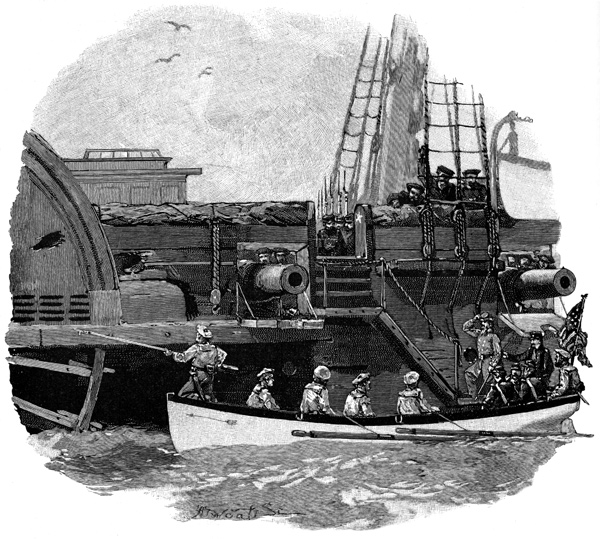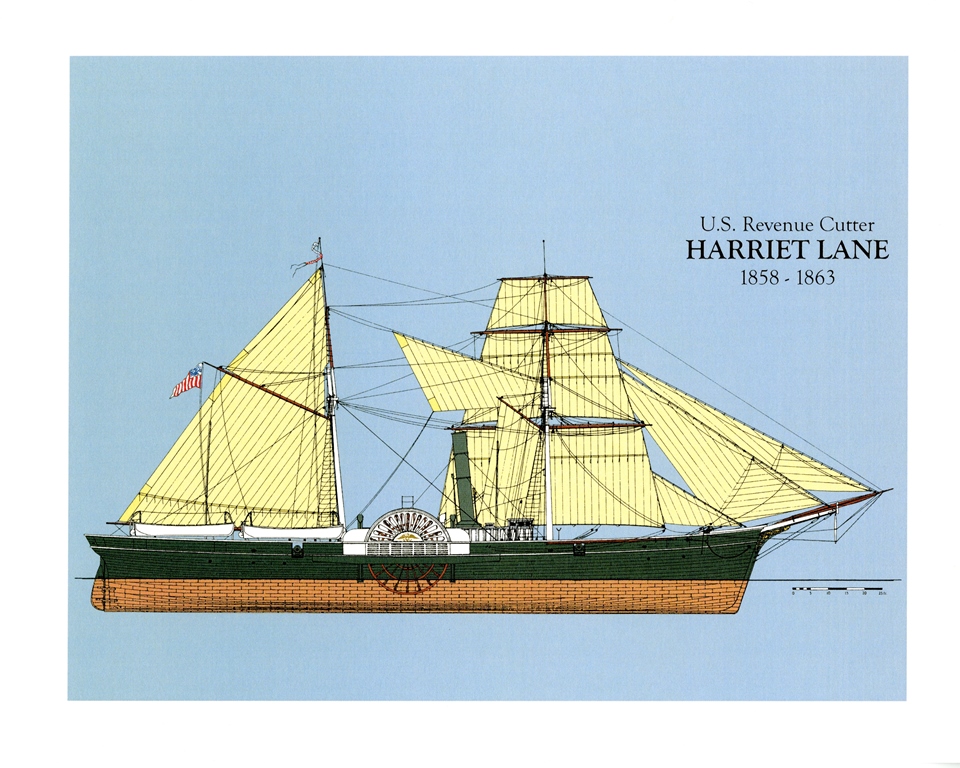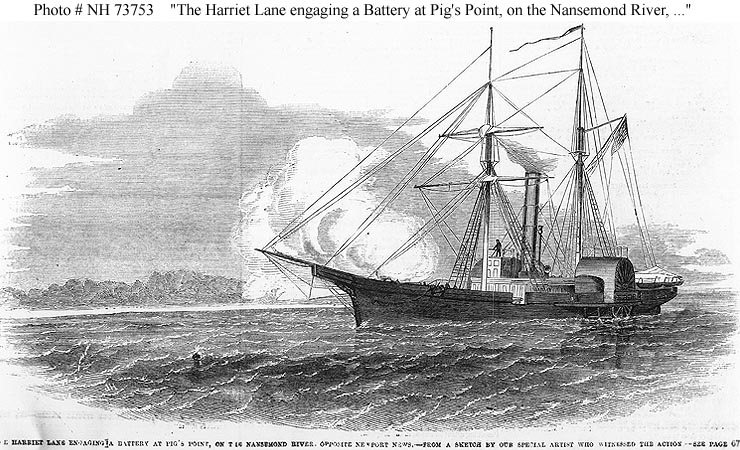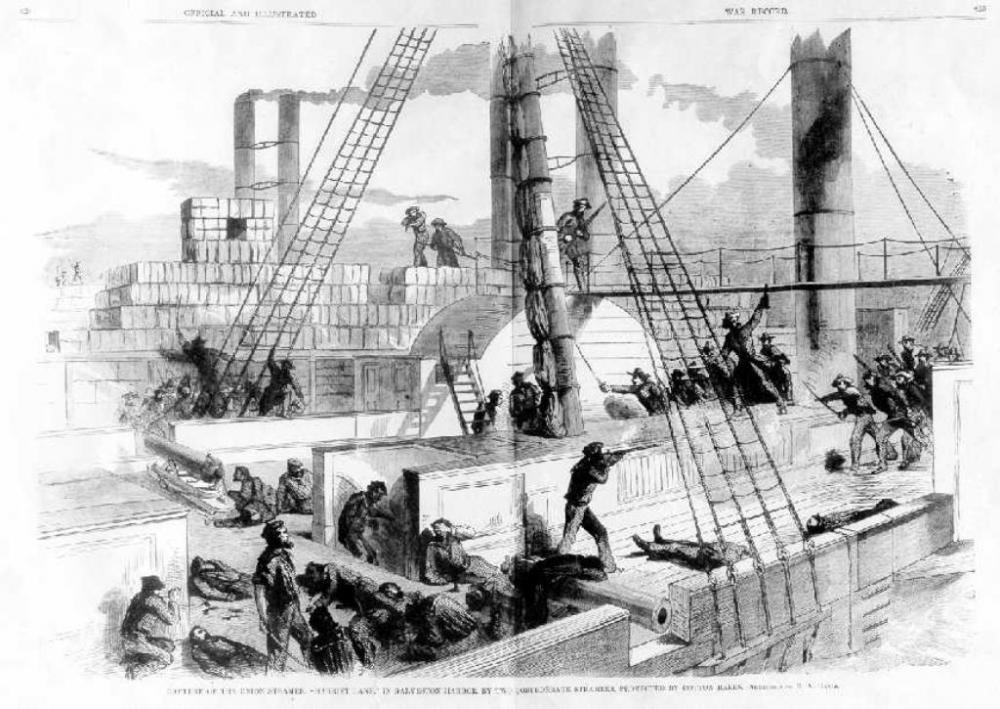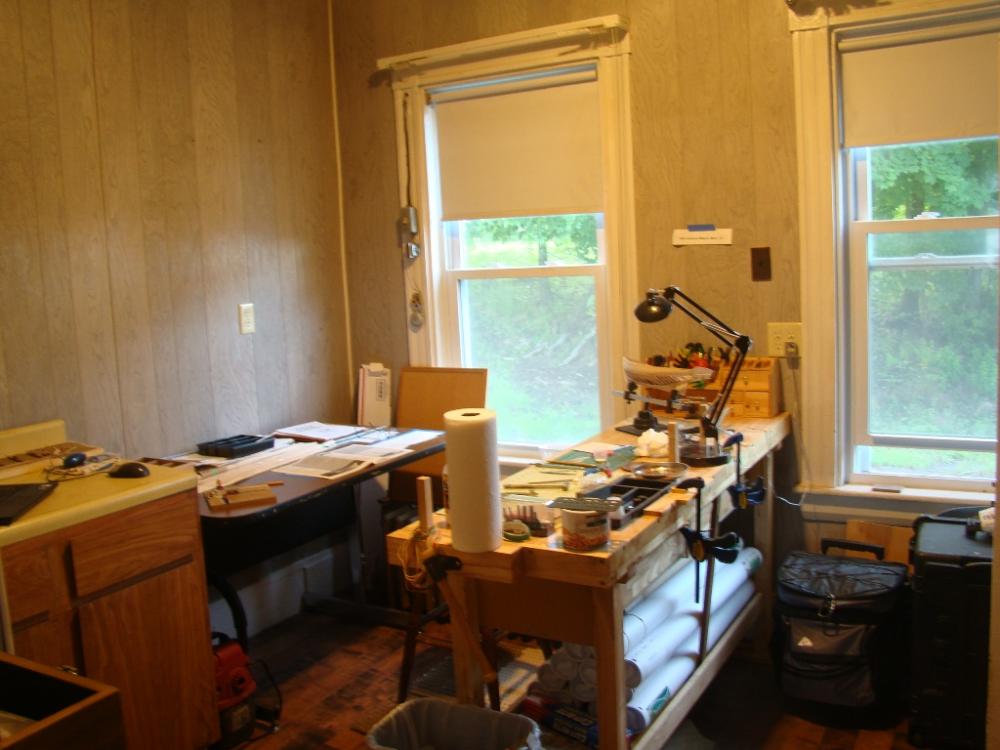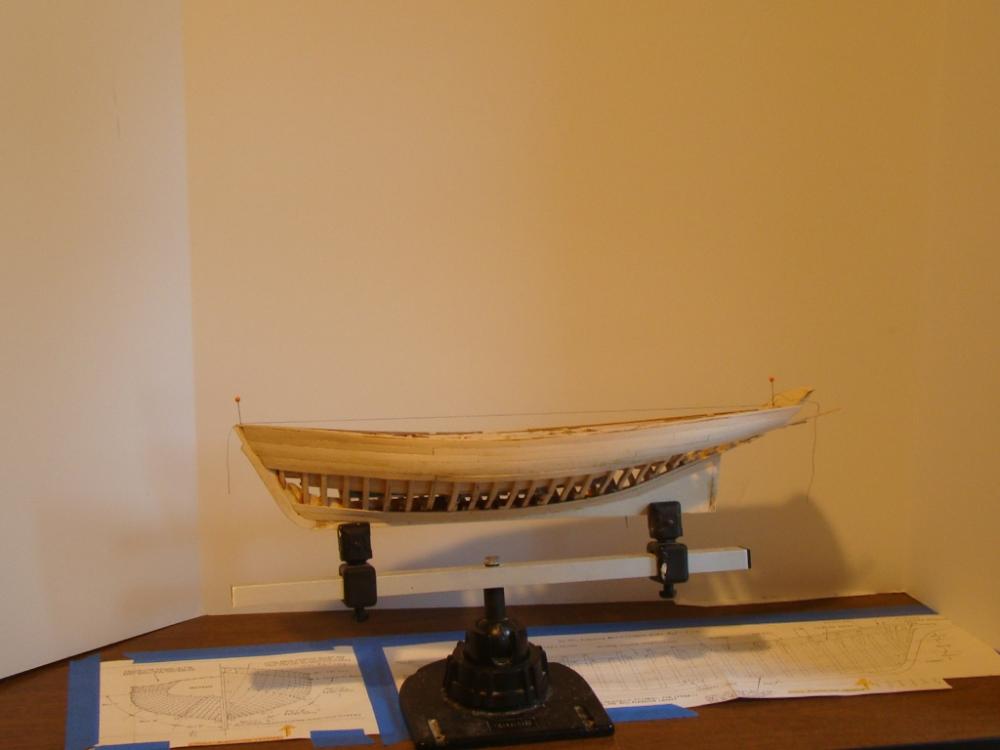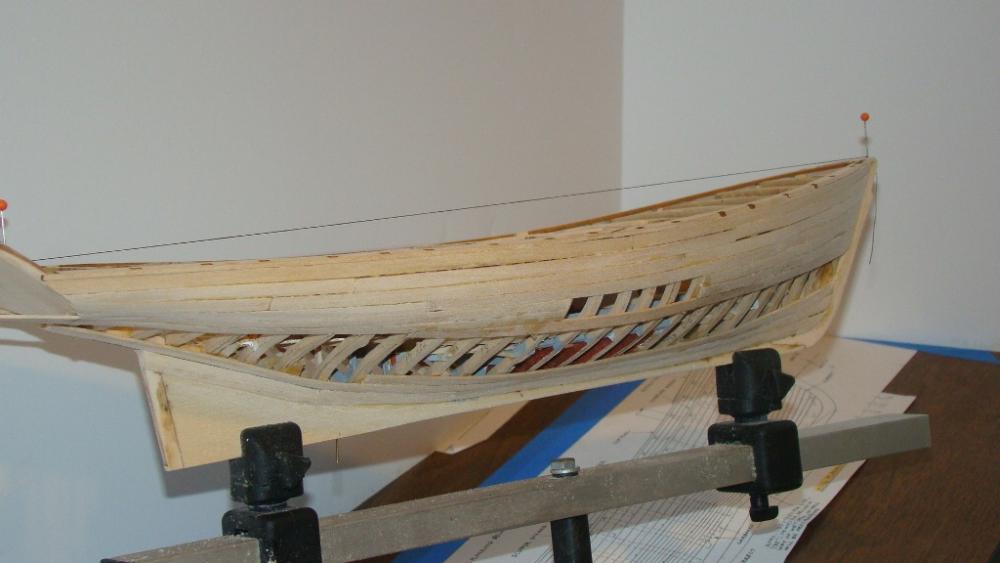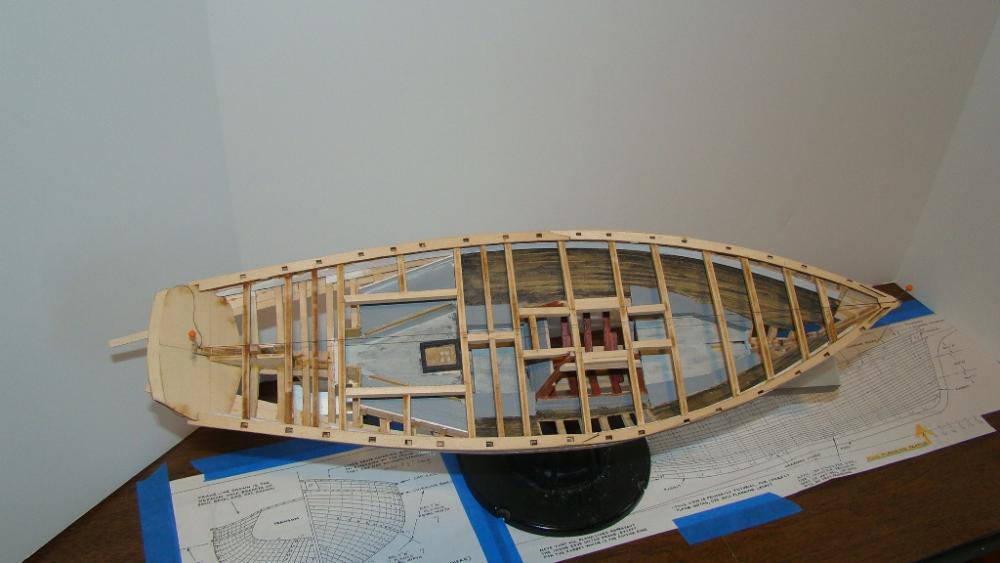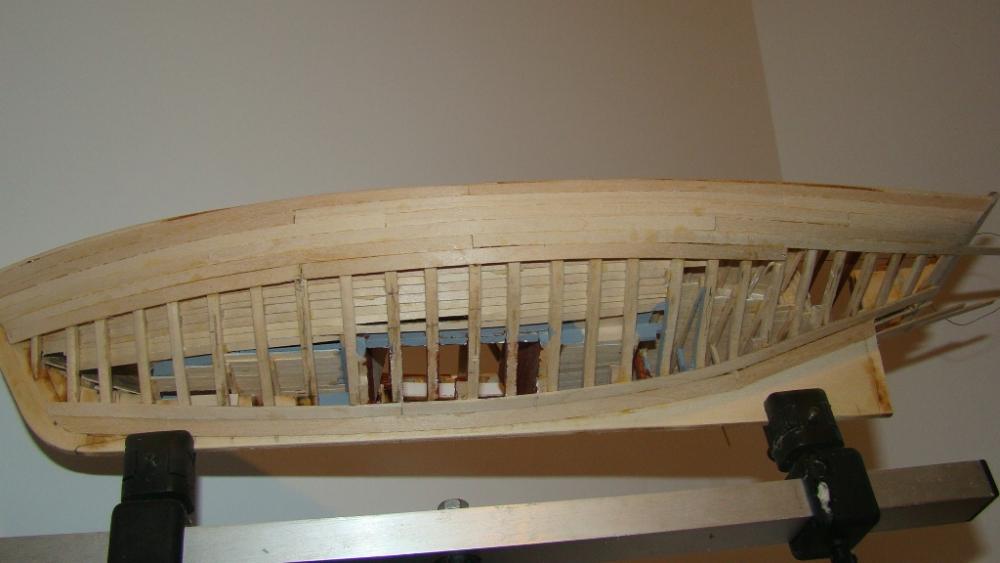-
Posts
3,156 -
Joined
-
Last visited
Content Type
Profiles
Forums
Gallery
Events
Everything posted by trippwj
-
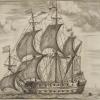
American sailing warships with no plans or records
trippwj replied to CharlieZardoz's topic in Nautical/Naval History
This discussion is quite interesting, although sometimes it moves between topics so rapidly that additional research and input becomes lost in the flow. I think that the over-rigging of these frigates and sloops was a long term ongoing concern, both for the young American Navy and the mature, bureaucratic British and French Navies. Sticking solely with the American Navy, one need look no further than the debates surrounding the construction of the original 6 frigates. The Secretary of War ORDERED the assigned Superintendents (future Captain of the assigned ship) Barry, Talbot & Truxton to meet with Humphreys and provide a report with the recommended dimensions for the rigging. War office Sept 30 1795 The Secretary of War requests the Captains Barry, Talbot & Truxton now at Philadelphia with Mr. Humphreys the constructor, to consult together on the proper dimensions of the masts and spars for the frigates, and report their opinion under their hands in such form that the same may be transmitted to all the constructors and superintendents on their guide. Timothy Pickering This was partially in response to a letter from Truxton enclosing a copy of both his approach to masting and that published by Steel (see attached appendix 6 from Truxton - this copy appears to have been that of Fox). 1794 Masts Article_Truxtun.pdf Also see this letter Truxton to Pickering, then forwarded by Pickering to all the Captains, concerning same. 1795-3-25 TP circular to Captains_NBB19 3pgs.pdf The end result was a capitulation - each Captain, in consultation with the constructor for his frigate, was to determine the best method and dimensions and then send them to the War Department. 1796-1-25 TP to JH ST_Mast as wish circular letter NBS03 NBD01 1 page.pdf- 401 replies
-
- John Adams
- Alliance
-
(and 3 more)
Tagged with:
-

American sailing warships with no plans or records
trippwj replied to CharlieZardoz's topic in Nautical/Naval History
According to the description, this was while in ordinary in Norfolk, VA. See http://www.history.navy.mil/our-collections/photography/numerical-list-of-images/nhhc-series/nh-series/NH-108000/NH-108535.html- 401 replies
-
- John Adams
- Alliance
-
(and 3 more)
Tagged with:
-

American sailing warships with no plans or records
trippwj replied to CharlieZardoz's topic in Nautical/Naval History
I would, in reference to early 19th century US Naval ship design, be careful about using terms like "standard issue" and "standard design". The US Navy was still far from a bureaucratic beast at the time, and while there was a Naval Constructor (Fox, Doughty, Samuel Humphreys and Henry Eckford during the period in question), it was not until much later that the Chief Naval Constructor really achieved some solid measure of authority. Each of these designers, responsible for various classes of ships built at the time, had very different design approaches, and the vessels would show the individual bias of the designer. HOWEVER, the captain also had a great deal of leeway to make cosmetic adjustments within the approved construction budget, so there may be some trends toward commonality, not in design so much as in the taste of the skipper.- 401 replies
-
- John Adams
- Alliance
-
(and 3 more)
Tagged with:
-

American sailing warships with no plans or records
trippwj replied to CharlieZardoz's topic in Nautical/Naval History
The shipyard has long been closed. A good starting point may be the Sail Power & Steam Museum here (located at the site of the former I. L. Snow shipyard). There may also be some information available here at the Maine Maritime Museum (just down the coast a mite in Bath). It may also be beneficial to contact the New-York Historical Society for information on the items in the Maritime History Collection PR 100 (see finding aid here).- 401 replies
-
- John Adams
- Alliance
-
(and 3 more)
Tagged with:
-
Looking wicked good, Elijah. Nice start on the coppering. You may not need to do too much to get the patina on the copper tape - about 6 months in, if not treated, the tape starts to take on a dull and seasoned look. I'll try and get you a picture of how it has come on out my Harriet Lane 9using same brand of copper tape). Alternatively, look for the builds by riverboat (Frank) to see weathering to a high level. There are also some threads around how best to weather your copper that may have some helpful advice. Enjoy your vacation -
- 701 replies
-
- phantom
- model shipways
-
(and 1 more)
Tagged with:
-
While I need to go back and get you the source, here are 2 relatively contemporary drawings which are also contradictory - one with and one without gun port lids. Note the one with lids shows them opening down, not up. The "official" picture from the USCG Historian is likewise odd - no ports, but I am a bit confused by the gaff sail on the foremast. Given the location of the pilot house, and the smoke stack, it appears that the fore sail would be a great mess if ever used. Note that this is the only picture that includes that sail.
-
OK, Carl - just for you! Please ignore the rough finish and obvious gaps...plenty of sanding and (gulp) filling to be done! The workshop has come together nicely - adding several outlets and LED ligthing has made a huge difference! Overall view of Emma Starboard side - this one will remain partially planked. Port side - this one will be fully planked. My challenge right now (for both sides) is to achieve a balanced planking while addressing the difference in space at the extremities from the mid-ship section. Learning to work with proportional dividers and taper planks.
-
Gracious - has it really been nearly 5 months since my last update??? Hull planking continues, albeit slowly. I have never planked a hull before, and am taking great care to ensure I don't make too big a mess of this! I have no pictures at present, for which i apologize. I hope to share the progress (perhaps by next weekend) if I can get one side completed. Will keep you posted!
-
POF, mid-18th to early 19th century schooners, brigs &c. (merchant or fishing). Scale, that's a tough one. I'm less concerned with all my models matching than being able to work on it. For example, I found 1:128 far too small when building, but the 20 inch product is a good size. 1:48 is easier to work, but the result if rigged is a burly beast. I like the ala carte menu option - build it your way! Instructions (at least detailed guidance on sequence) would be most beneficial. Detailed step by step, maybe but, for a beginner, seem proscriptive rather than suggestive. (Oops - I missed that step, dangit! Now what? ShouldI start over? Tear out what I just did?) Price point is tough. Done as ala carte, components bought over several months or years, total price can be higher, so long as component units stay in that target range!
-

Phantom Templates?
trippwj replied to SWOHammer's topic in Building, Framing, Planking and plating a ships hull and deck
I think Elijah nailed it - making a ser from the plans is probably your best option. I have the templates, but after cutting them out and using to fair the hull, rhey are a bit seasoned. Send me a PM with your mailing address and I'll send them to you. -

Seeking information on determining load waterline
trippwj replied to trippwj's topic in Nautical/Naval History
Let’s take a moment to consider what, exactly, was meant in point 3 above: 3. The requirement to identify the shape and form of a ship which provides suitable sailing and handling qualities in all conditions, and to handle the intended sails well. Many treatisers and mariners from the time provided their own description of what these qualities were. Let’s take a quick look at a few: From 1792: A ship, whether destined for war or commerce, ought to be able to bear a certain determined lading, and be sufficiently capacious to afford ample accommodations for her crew, with all the contingencies involved in the consideration of their health and comfort. She must carry the cargo with ease to herself; the artillery in a perfectly efficient state, whether space for working the guns, or the height of those guns above the surface of the sea, be considered. She must be so formed that she shall be able to make her passages with velocity when the wind is favourable, and contend with it advantageously when it is unfavourable. The ship must be capable of being worked with ease, rapidity, and certainty, however adverse the circumstances may be under which the maneuvers are performed; for it will sometimes happen, that the more unfavourable the circumstances are, the more imperative is this necessity for success. She must have great stability, or the power of resisting inclination, and of restoring herself to an upright position when inclined; and this must be so nicely graduated and adjusted, that the perfect safety of the vessel may be insured without any injurious strain being brought upon the masts or rigging by an excess of this resisting power. She must be able to sail over rough seas without any injury from the pitching or rolling motions which will ensue, and without the hazards to the crew, to the vessel, or to the cargo, which would result from a tendency to ship seas when thus situated. Her masts must be so proportioned that they shall be sufficiently strong, taking into consideration the support they derive from the rigging, to resist the strains to which they will be subjected, and that without being so heavy as to diminish unnecessarily the stability of the ship, or require superfluous lading from extra ballast. The masts must be lofty enough to spread an adequate surface of canvass to furnish the propelling power, and, at the same time, be so placed and so proportioned to each other, that this propelling power may be readily converted into a series of mutually counteracting or co-operating forces to insure quickness of maneuvering.1 Let’s jump forward about 30 years to 1829: Disregarding the fundamental principals of floating bodies, and too hastily giving up as hopeless the attainment of a theory combining experience with established scientific principle, they have contented themselves with ingeniously inventing mechanical methods of forming the designs of ships bodies, which they did not even pretend to prove had any conexion with the properties of the machine, necessary to ensure the qualities conducive to its intended use. For instance, - some invented methods of forming ships' bodies of arcs of circles; others of arcs of ellipses, parabolas, or of whatever curve they might arbitrarily assume. Taking anyone of these curves as the principle of their design, they investigated, with mathematical accuracy, the means of completing the form of the ship's body in correct accordance with their assumption. They did not attempt to show that these curves possessed any property which would render a ship a faster sailer, a more weatherly, or a safer ship than any other curves which might have been adopted in the construction of the ship's body.2 There are many others with similar statements. What was desired for a ship was that it: 1. Handled the intended sails well (that is, was stable and responsive) 2. Must carry the cargo (or weapons &.c.) intended at the correct draught of water. 3. Should sail well at all points of the wind. 4. Should be a fast sailer. Each of these qualities brings a specific set of design criterion, often at odds with each other. Designing a stable vessel by increasing breadth often decreases the speed. Increased ability to sail to windward may reduce the ability to carry the intended cargo at the desired draught. Trial and error design approaches brought the ship near to a desired condition, but as often as not a success in one aspect resulted in a poor result in another. What Morgan & Crueze (and, indeed, many others during the later 18th and 19th centuries) were trying to accomplish was to apply a mathematical solution to the design of a ship to achieve the best compromise between the competing design requirements. 1. Society for the improvement of naval architecture London. 1792. Some Account of the Institution, Plan, and Present State, of the Society for the Improvement of Naval Architecture: With the Premiums Offered by the Society, List of Members, and the Rules and Orders of the Society. To Which Are Annexed Some Papers on Subjects of Naval Architecture Received by the Committee. http://archive.org/details/someaccountinst00unkngoog. Page 5 (43 of 128) 2. William Morgan and Augustin Francis Bullock Creuze, Papers on Naval Architecture and Other Subjects Connected with Naval Science Vol. II, vol. II (G.B. Whittaker, 1829), page 3. -

First naval engagement US versus British
trippwj replied to allanyed's topic in Nautical/Naval History
Ah, you are much to kind, sir! 'Tis a common error for those from away (in this case, defined as beyond New England) to confuse anything north of New York City with "Boston". Not your error, but rather who ever posted the one you spotted. Sort of like assuming that since you are from Florida you must be close to Jacksonville. About the same distance separates the locations. I actually had not been familiar with the Battle of Machias Bay until after moving here - as I noted, it is a rather large point of pride for the residents of Machias and neighboring communities. -

First naval engagement US versus British
trippwj replied to allanyed's topic in Nautical/Naval History
Nope. First is claimed off Fairhaven Mass. On 14 May 1775. The capture of the Margheretta was June 11, but nowhere near Boston. The battle was in Machias Bay on the coast of Maine (at the time, part of the Colony of Massachusetts Bay). Quite the annual celebration each year in Machias (parade was yesterday). -
Just a very small update. I am currently working on the webpage design - what is currently there is really just a place holder until I can get the whole thing working. I also believe I have located a good database to move the information into, which should enable search functionality using keywords, date, title, author etc. While I am working on this, I will have an occasional post about interesting resources that can be found on the internet - Many thanks!
-
Again, take a look at Steel - he describes the stowage of the rope as well as how to secure it whrn anchoring. While it may seem counterintuitive based on modern useage, it was impossible to move the anchor hawser to any point other than the hawse holes once the anchor was attached. It was also not likely the cathead was used as it was not equipped to handle that size of hawser. I may not be understanding your question, though - are you suggesting that the anchor hawser was not led through the hawse hole for weighing, as I have read it, or something else?
-
It may be worth a read of the process for "Getting up or Weighing an Anchor" published in Steel, D. 1795. Seamanship, Both in Theory and Practice. Printed and published for, and at, Steel’s Navigation-Warehouse, Tower-Hill. docs.lib.noaa.gov/rescue/rarebooks_1600-1800/VK541S81795.PDF. The description begins on page 154. It is fairly brief, reflecting the process previously described (raise using the hawser until the anchor is clear the water then catted and fished). He also describes using additional mechanical means when necessary: When the strain is so great as to require other purchases, the top tackles may be used thus : The double block is lashed to the main-masl or topsail-sheet bits, the treble block is lashed on the cable, and the fall brought to the capstern. If the top-tackle falls are thought insufficient, any hawser may be used that will reeve through the blocks.
-
Well, not sure how much assistance I can offer, but have built (well, nearly - still have some rigging to finish) the HL. She is a fun build, but takes some getting used to because of the scale.
-
You continue to progress nicely, with due dilligence and care. Dang, that almost sounded intellectual! She looks good, Elijah. Keep on doing what you are doing! I have a partially built one of these on the shelf - started it last year with my granddaughter. Will pull it back out when she visits in July and use your log as an aid, if you don't mind?
- 701 replies
-
- phantom
- model shipways
-
(and 1 more)
Tagged with:
About us
Modelshipworld - Advancing Ship Modeling through Research
SSL Secured
Your security is important for us so this Website is SSL-Secured
NRG Mailing Address
Nautical Research Guild
237 South Lincoln Street
Westmont IL, 60559-1917
Model Ship World ® and the MSW logo are Registered Trademarks, and belong to the Nautical Research Guild (United States Patent and Trademark Office: No. 6,929,264 & No. 6,929,274, registered Dec. 20, 2022)
Helpful Links
About the NRG
If you enjoy building ship models that are historically accurate as well as beautiful, then The Nautical Research Guild (NRG) is just right for you.
The Guild is a non-profit educational organization whose mission is to “Advance Ship Modeling Through Research”. We provide support to our members in their efforts to raise the quality of their model ships.
The Nautical Research Guild has published our world-renowned quarterly magazine, The Nautical Research Journal, since 1955. The pages of the Journal are full of articles by accomplished ship modelers who show you how they create those exquisite details on their models, and by maritime historians who show you the correct details to build. The Journal is available in both print and digital editions. Go to the NRG web site (www.thenrg.org) to download a complimentary digital copy of the Journal. The NRG also publishes plan sets, books and compilations of back issues of the Journal and the former Ships in Scale and Model Ship Builder magazines.



